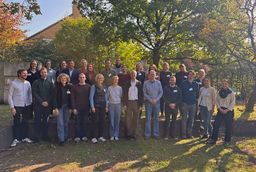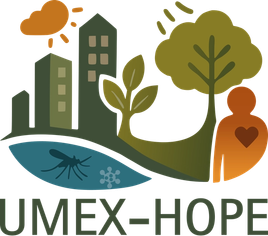SP2 - Simulations
SP2 is developing a model that links the movement patterns of city dwellers in high-resolution simulations with heat and pollutant exposure in order to identify individual and collective risk zones and test adaptation scenarios.
The goal of SP2 is to apply the Pedestrian Agent System (PAS) within the PALM model for the first time and to integrate person-based origin-destination information from the MATSim traffic model. This approach aims to improve our understanding of how low- and high-risk zones can be defined by taking into account residents’ movement patterns. As individuals move through the city and engage in activities, they accumulate urban substances (e.g., NOx, PM) and are exposed to stress factors such as heat.
In the first phase of SP2, we will develop a coupled system to compare Eulerian and Lagrangian outputs. The Eulerian approach will be used to identify low- and high-risk zones (input from SP1), whereas the Lagrangian approach will track individuals throughout their day, allowing us to identify and study risk groups (e.g., based on pre-existing health conditions or daily activity patterns).
The second phase of SP2 will focus on adaptation scenarios aimed at reducing pollutant exposure. This will be achieved through two complementary strategies: individual route adjustments for pedestrians within PAS, and modifications of transport modes, activity timings, and opportunities for remote activities within MATSim.
Contact person

Blog
All
Kick-off for the new climate future lab UMEX-HOPE in Hanover
UMEX-HOPE is researching how cities can better cope with climate change and become healthier places to live.
2 min. Reading time
